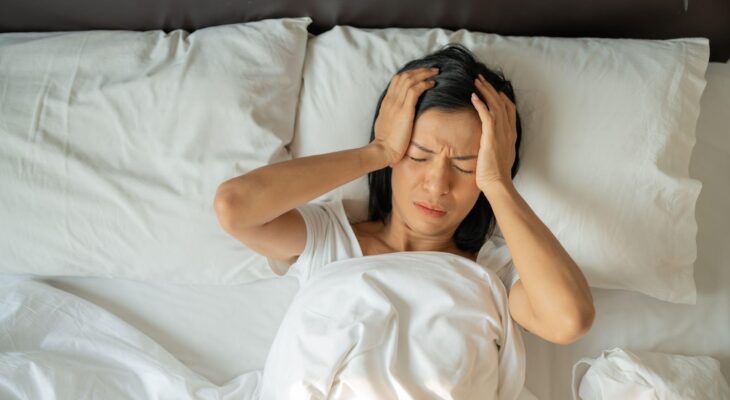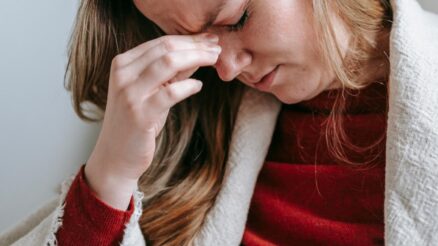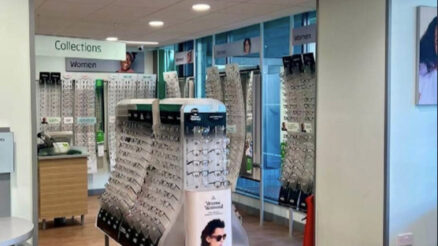A common but sometimes misdiagnosed disorder is sleep apnoea. Despite being a significant health issue that impacts millions of people worldwide, misinformation about its symptoms, causes, and treatments abounds. This article explores and debunks some of the most common myths about sleep apnea, shedding light on the truth to help individuals recognize and manage this silent threat effectively.
Myth 1: Snoring Always Equals Sleep Apnea
Debunked:
While snoring is one of the hallmark symptoms of sleep apnea, not everyone who snores has the condition. Snoring occurs when airflow causes vibrations in the throat tissues, but sleep apnea involves repeated pauses in breathing due to a blocked or narrowed airway.
How to Tell the Difference:
- Snoring caused by sleep apnea is often accompanied by choking, gasping, or interrupted breathing during sleep.
- If you experience excessive daytime sleepiness or fatigue despite a full night’s rest, it could indicate sleep apnea.
Conclusion: Snoring can be harmless, but when combined with other symptoms, it’s worth consulting a healthcare provider for evaluation.
Myth 2: Sleep Apnea Only Affects Older Adults
Debunked:
Although the likelihood of developing sleep apnea increases with age, it is not limited to older adults. Children and adults of various ages can be impacted by sleep apnoea.
Risk Factors for Different Age Groups:
- Children: Adenoids or enlarged tonsils are frequent causes.
- Young Adults: Obesity, smoking, and alcohol use can contribute.
- Older Adults: Aging muscles around the throat may lead to airway collapse.
Conclusion: Sleep apnea can impact anyone, regardless of age. Awareness and early diagnosis are essential for effective treatment.
Myth 3: Only Overweight People Get Sleep Apnea
Debunked:
While obesity is a significant risk factor for obstructive sleep apnea (OSA), it is not the sole cause. Thin individuals and even athletes can develop sleep apnea due to structural issues in the airway or other medical conditions.
Non-Weight-Related Causes:
- Genetics: A family history of sleep apnea increases risk.
- Anatomy: Small jaw size or a deviated septum can contribute.
- Medical Conditions: Issues like hypothyroidism or allergies may lead to airway obstruction.
Conclusion: Sleep apnea is not exclusive to overweight individuals, making it important for everyone to be mindful of the symptoms.
Myth 4: Sleep Apnea Is Just a Fancy Term for Poor Sleep
Debunked:
Sleep apnea is a medical condition with severe health implications. It is far more than just “poor sleep.” The repeated interruptions in breathing can strain the heart, increase blood pressure, and raise the risk of other health problems.
Health Risks Associated with Untreated Sleep Apnea:
- Cardiovascular diseases, including heart attacks and strokes.
- Type 2 diabetes due to metabolic disruptions.
- Memory loss and difficulty concentrating caused by insufficient oxygen supply to the brain.
Conclusion: Sleep apnea is a potentially life-threatening condition that requires medical attention and should never be dismissed as simply bad sleep.
Myth 5: CPAP Machines Are the Only Treatment
Debunked:
Continuous Positive Airway Pressure (CPAP) machines are a standard treatment for sleep apnea, but they are not the only option. Advancements in medical technology and lifestyle interventions have made alternative treatments available.
Alternative Treatments:
- Oral Appliances: Custom-fitted devices reposition the jaw to keep the airway open.
- Lifestyle Changes: Weight loss, quitting smoking, and reducing alcohol intake can help.
- Surgery: In severe cases, surgery may correct structural issues.
Conclusion: CPAP is highly effective, but many individuals benefit from alternative or supplemental treatments tailored to their needs.
Myth 6: Sleep Apnea Only Affects Men
Debunked:
While men are more likely to be diagnosed with sleep apnea, it also affects women, albeit with different symptoms. Women are often underdiagnosed due to less obvious symptoms.
Symptoms in Women:
- Insomnia or trouble staying asleep.
- Headaches and fatigue during the day.
- Mood changes, such as depression or anxiety.
Conclusion: Sleep apnea is not gender-specific. Women should be vigilant about recognizing subtler signs and seeking medical advice.
Myth 7: If You Don’t Feel Tired, You Don’t Have Sleep Apnea
Debunked:
Daytime fatigue is a common symptom of sleep apnea, but not everyone with the condition experiences it. Some individuals may adapt to their disrupted sleep patterns and fail to recognize their fatigue levels.
Other Symptoms to Watch For:
- Frequent nighttime awakenings.
- Dry mouth or sore throat upon waking.
- Morning headaches.
Conclusion: Sleep apnea symptoms can vary widely. Lack of fatigue doesn’t rule out the condition.
Myth 8: Surgery Provides a Permanent Cure for Sleep Apnea
Debunked:
Surgical options, such as removing excess tissue or correcting nasal structures, can reduce symptoms but are not guaranteed cures. Sleep apnea is a chronic condition that often requires ongoing management.
Considerations Before Surgery:
- Surgery is typically recommended for severe cases or when other treatments fail.
- Post-surgical follow-ups are essential to monitor improvements.
Conclusion: Surgery can be a valuable tool but is not a universal solution. A comprehensive treatment plan is usually necessary.
Myth 9: You Can Self-Diagnose Sleep Apnea
Debunked:
Although online quizzes and apps can provide preliminary insights, only a sleep study conducted by a medical professional can definitively diagnose sleep apnea.
Diagnostic Steps:
- Polysomnography: Conducted in a sleep clinic to monitor breathing, oxygen levels, and more.
- Home Sleep Tests: Portable devices measure specific parameters and can be more convenient.
Conclusion: Accurate diagnosis is key to receiving appropriate treatment and should always involve a healthcare provider.
Myth 10: Sleep Apnea Is a Rare Condition
Debunked:
Sleep apnea is surprisingly common, affecting an estimated 22 million Americans, with many cases remaining undiagnosed.
Why It’s Underreported:
- Symptoms are often dismissed as minor sleep disturbances.
- Many individuals are unaware they stop breathing during sleep.
Conclusion: Sleep apnea is far more prevalent than most people realize, making awareness campaigns and early detection crucial.
Final Thoughts
Sleep apnea is a condition surrounded by myths that can delay diagnosis and treatment. Understanding the realities of this disorder can empower individuals to seek timely help, improve their quality of sleep, and reduce associated health risks. If you suspect sleep apnea in yourself or a loved one, consult a healthcare provider for a proper evaluation. Remember, restful nights are within reach with the right knowledge and approach.





